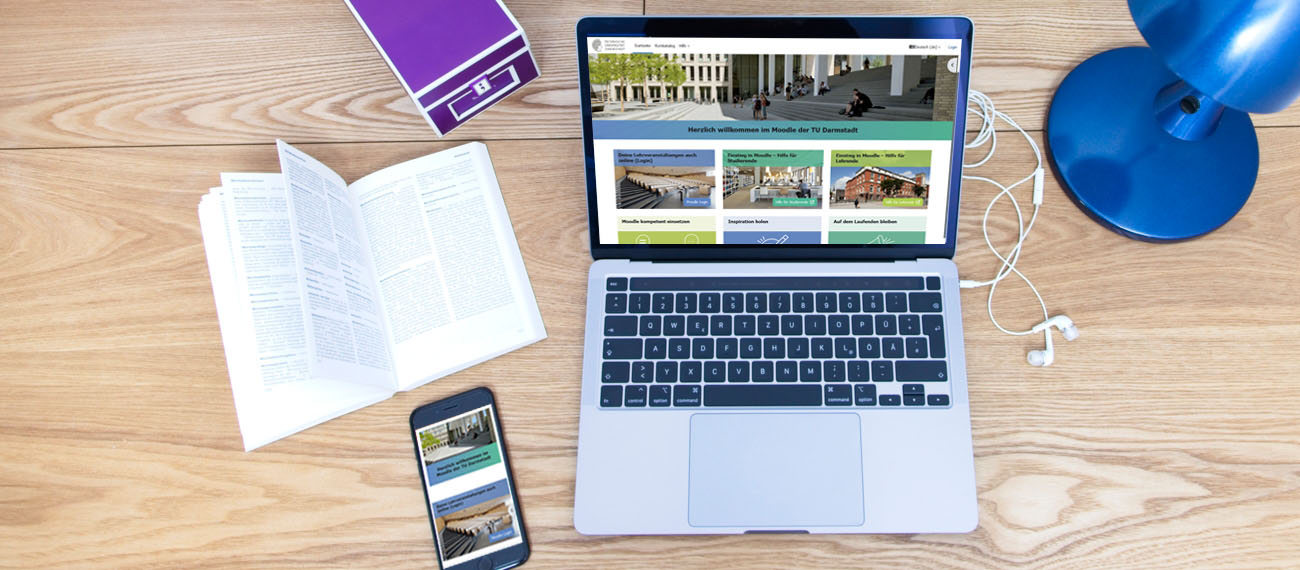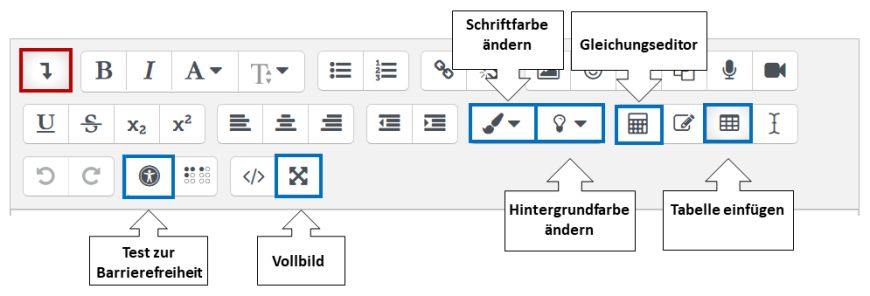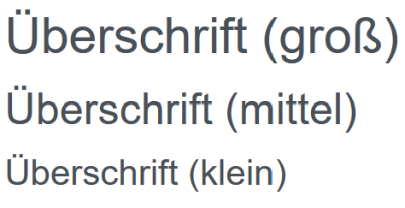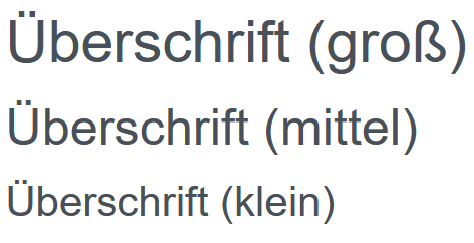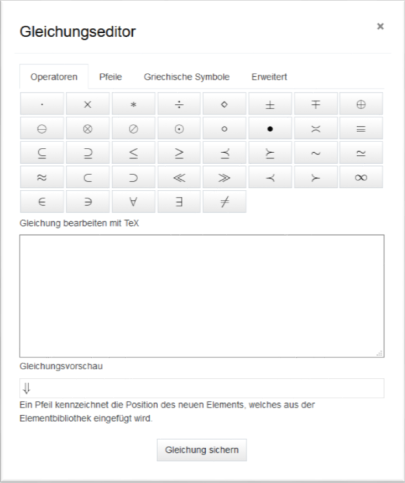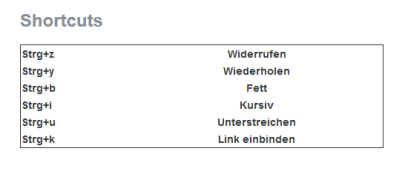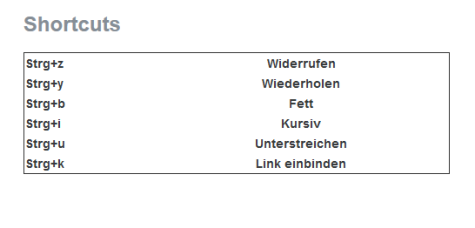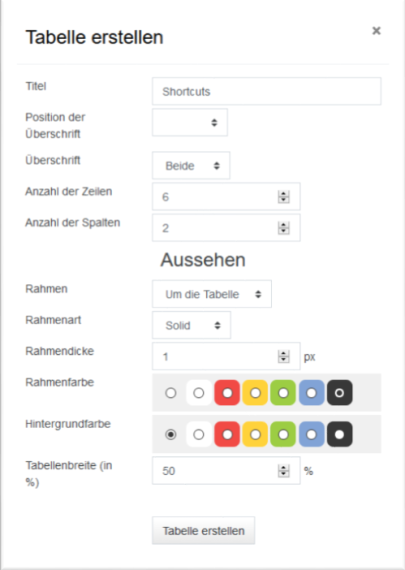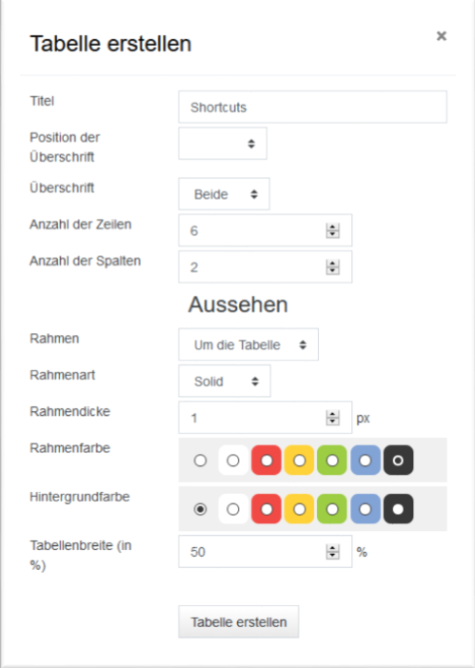Functionalities of the Atto-Text-Editor
The Atto text editor can be used in Moodle for writing texts. The editor behaves similarly to Word or LibreOffice and has all kinds of possibilities to design a text.
Writing Texts on Moodle
To write text in Moodle, you can use the standard text editor “TinyMCE” or the Atto text editor.
Tip: If you prefer the Atto text editor as your default text editor, you can set this for yourself by clicking on your profile picture at the top right and then selecting Preferences > Editor Preferences.
Accessing the functions of the Atto text editor
To write text in Moodle, you can use the Atto-Text editor. The editor includes a toolbar with which you can design your text, insert images, or embed a link. In addition, it is also possible to enter and upload audio and video recordings directly via the editor.
Here is a brief overview of the functions offered by the Atto-Text Editor toolbar:
At the beginning, the editor is always shown in the standard display. You will only see a toolbar with functions for, for example, designing the text, changing the text structure, integrating links, or uploading multimedia.
If this view is not sufficient and you would like to edit your text with further functions, you can open the extended view of the editor by clicking on the arrow symbol on the far left of the editor bar (switch menu bar).
This provides you with a variety of new functions to modify your text. In the following, some symbols are explained in more detail and illustrated by examples. These include:

